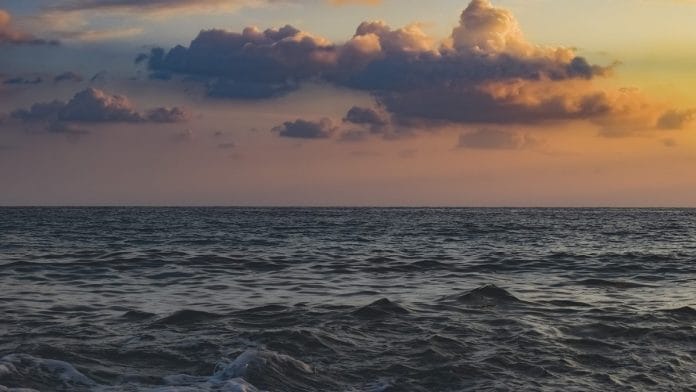New Delhi: India has agreed to ratify the Biodiversity Beyond National Jurisdiction Agreement (BBNJ), also known as the High Seas Treaty. It would allow for a better administration and preservation of the high seas, and its implementation will be supervised by the Ministry of Earth Sciences (MoES).
The Union Cabinet endorsed the treaty on 2 July, after which Union Minister of State for Science & Technology Dr Jitendra Singh reaffirmed India’s commitment to environmental conservation and sustainable development.
Around 67 percent of the world’s oceans lie beyond national boundaries. This area is referred to as the “high seas” or “areas beyond national jurisdiction (ABNJ)”— defined by international law as all parts of the ocean that do not fall within a country’s economic zone, territorial sea, internal waterways, or archipelagic waters, implying that no country has ownership or regulatory rights to the high seas and its resources.
Over time, these areas have become vulnerable to overexploitation, habitat destruction, and unsustainable practices.
A realisation of the fundamental role these vast oceans play in the global system has led to an increase in international efforts to protect marine biodiversity in international waters.
The high seas are home to complex forms of life that are important to maintain the ecosystem’s balance, ranging from species like tuna and whales to unique habitats like deep hydrothermal vents and seamounts.
Also Read: UN adopts world’s first treaty to protect high seas, marine biodiversity in international waters
What High Seas Treaty aims to achieve
The High Seas Treaty will be critical to achieving the objectives of the ‘30×30’ project, which aims to safeguard 30 percent of marine habitats by 2030 for which it plans to establish several new mechanisms.
Firstly, it will designate Marine Protected Areas (MPAs) and other area-based tools for protecting sensitive biodiverse ecosystems, which countries have long argued on how to manage. Efforts to identify, establish, regulate, and monitor such vulnerable areas are monumental.
Secondly, it will create new regulations for environmental impact evaluation of commercial activity in the high seas. Nations and their companies must assess and publicly report potential harm to marine ecosystems and organisms before launching profitable ventures in the open ocean.
Thirdly, the treaty allows the equitable distribution of marine genetic resources. Wealthy countries have often advocated for intellectual property rights for biotech companies that sequenced genetic information from high-seas creatures to maximise profits.
In contrast, developing countries have argued for benefit-sharing of discoveries claiming these resources as humanity’s common heritage. The treaty aims to bridge the North-South divide to negotiate a benefit-sharing deal.
Wealthy nations are to share scientific information and technologies, allowing poorer countries to access marine resources and fully participate in the blue economy.
Lastly, it aims at capacity building and the transfer of marine technology. It encourages exchanging information, building awareness, and strengthening infrastructural, financial, and institutional frameworks, making the treaty “future-proof”.
In an inter-governmental conference, the United Nations General Assembly has been negotiating the treaty under the United Nations Convention on the Law of the Sea (UNCLOS) since 2017. The treaty was adopted last year on 19 June, by consensus, and signed on 20 September. It can only come into force when 60 countries ratify it.
Once adopted, it became the third agreement to be approved after UNCLOS, after the 1994 and 1995 treaties, which resulted in establishment of the International Seabed Authority and the Fish Stocks agreement.
The 1982 United Nations Convention on the Law of the Sea (UNCLOS) came into force much before the High Seas Treaty, on 16 November 1994. It establishes national jurisdictional lines and regulates human activity in the ocean, forcing countries to protect and preserve the marine environment. These jurisdictional lines, however, end 200 nautical miles from the shore, leaving the high seas beyond national jurisdiction and hence unprotected.
While UNCLOS provides a broad framework for maritime environmental protection, it does not address the conservation and sustainable use of marine biodiversity in areas beyond national jurisdiction (ABNJ) in a comprehensive way. It lacks explicit requirements for high-seas management.
The High Seas Treaty, on the other hand, aims to close some of these gaps by primarily intending to overcome inadequacies in international law concerning marine biodiversity conservation.
Siya Gupta is an intern with ThePrint
Also Read: High Seas Treaty historic but climate change is upon us. India as G20 president can act






